A stringent test of Lorentz invariance using high-energy neutrinos.
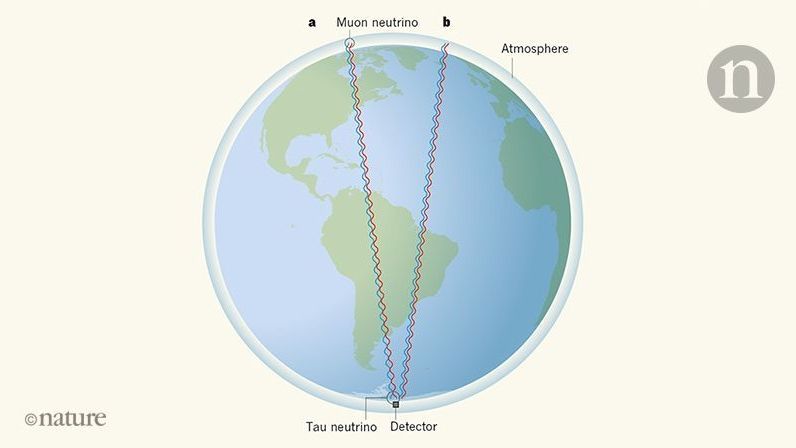

Researchers from Drexel University’s College of Engineering invented a material called MXene, that they say perform as well as those currently used in mobile devices.
MXene titanium carbide can be dissolved in water to create an ink or paint and the exceptional conductivity of the material enables it to transmit and direct radio waves, even when it’s applied in a very thin coating.
It would allow antennas to easily applied to wide variety of objects and surfaces without adding additional weight or circuitry or requiring a certain level of rigidity.

In a world increasingly driven by industries that rely on advanced technical learning and innovation, fluency in STEM fields (science, technology, engineering and math) becomes more vital every day. Yet our education system isn’t keeping up. Five years ago, a Business-Higher Education Forum study found that 80% of high school students either lacked interest or proficiency in STEM subjects. Meanwhile, a college and career readiness organization known as ACT reported last year that the number of students pursuing STEM careers is growing at less than 1% annually.
The Amgen Foundation is doing something about it. As the principal philanthropic arm of Amgen, the largest independent biotechnology company, the Amgen Foundation has been committed to inspiring the next generation of scientists and innovators by making immersive science education a focus of its social investments for almost 30 years. While Amgen has reached millions of patients around the world with biotechnology medicines to combat serious illnesses, such as cardiovascular disease, cancer and migraines, the Amgen Foundation has reached more than 4 million students globally—and it is poised to launch a new program called LabXchange with the potential to reach millions more.
“As a scientist, it’s clear to me that the most effective way to learn science is by doing it,” says David Reese, executive vice president of Research and Development at Amgen and member of the Amgen Foundation board of directors. “It’s time to transform the science learning experience. We need to move from information acquisition to application and exploration, from students as passive listeners to active participants in the learning process, from teachers as knowledge transmitters to facilitators and coaches.”
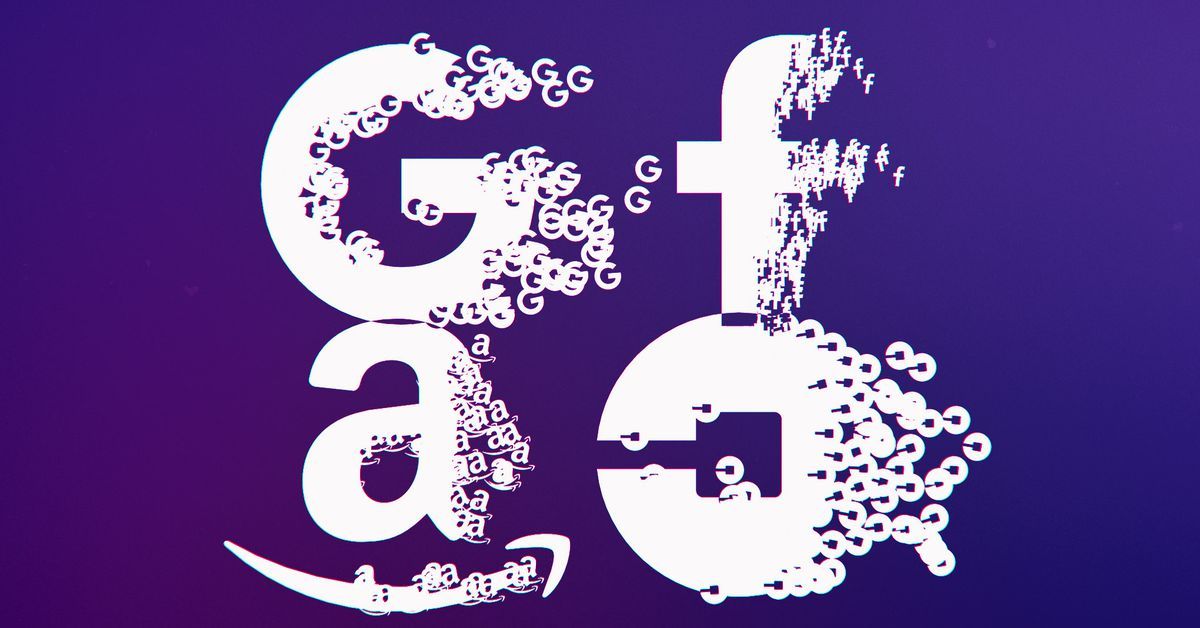
Antitrust crusaders have built up serious momentum in Washington, but so far, it’s all been theory and talk. Groups like Open Markets have made a strong case that big companies (especially big tech companies) are distorting the market to drive out competitors. We need a new standard for monopolies, they argue, one that focuses less on consumer harm and more on the skewed incentives produced by a company the size of Facebook or Google.
Someday soon, those ideas will be put to the test, probably against one of a handful of companies. For anti-monopolists, it’s a chance to reshape tech into something more democratic and less destructive. It’s just a question of which company makes the best target.
To that end, here’s the case against four of the movement’s biggest targets, and what they might look like if they came out on the losing end. (Note: Apple was too much of a conventional retailer to make the list, but if you’re wondering what an antitrust lawsuit against Cupertino might look like, this is a pretty good place to start.)
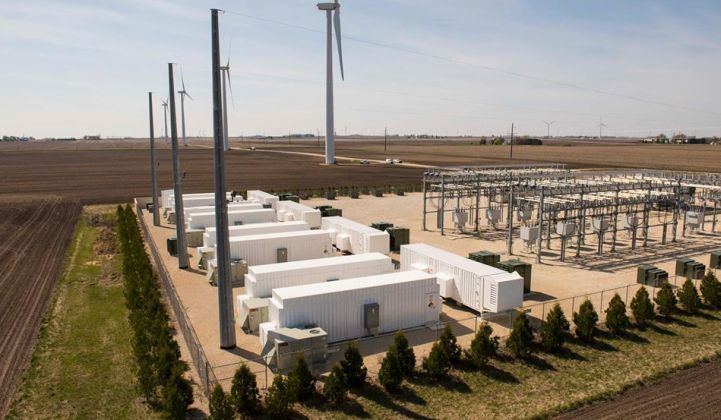
Rory McCarthy, senior storage analyst for Wood Mackenzie Power & Renewables, illustrated for attendees how the business case for using renewables in place of natural gas is becoming more compelling following declines in solar and wind costs.
That business case is also improving as a result of massive increases in battery storage, where the U.S. leads the world in terms of operational and planned capacity.
Today, storage capacity amounts to around 6 gigawatt-hours worldwide, but Wood Mackenzie predicts a more than tenfold increase, to at least 65 gigawatt-hours, by 2022. The U.S. will continue to lead this build-out, thanks to its more mature market.
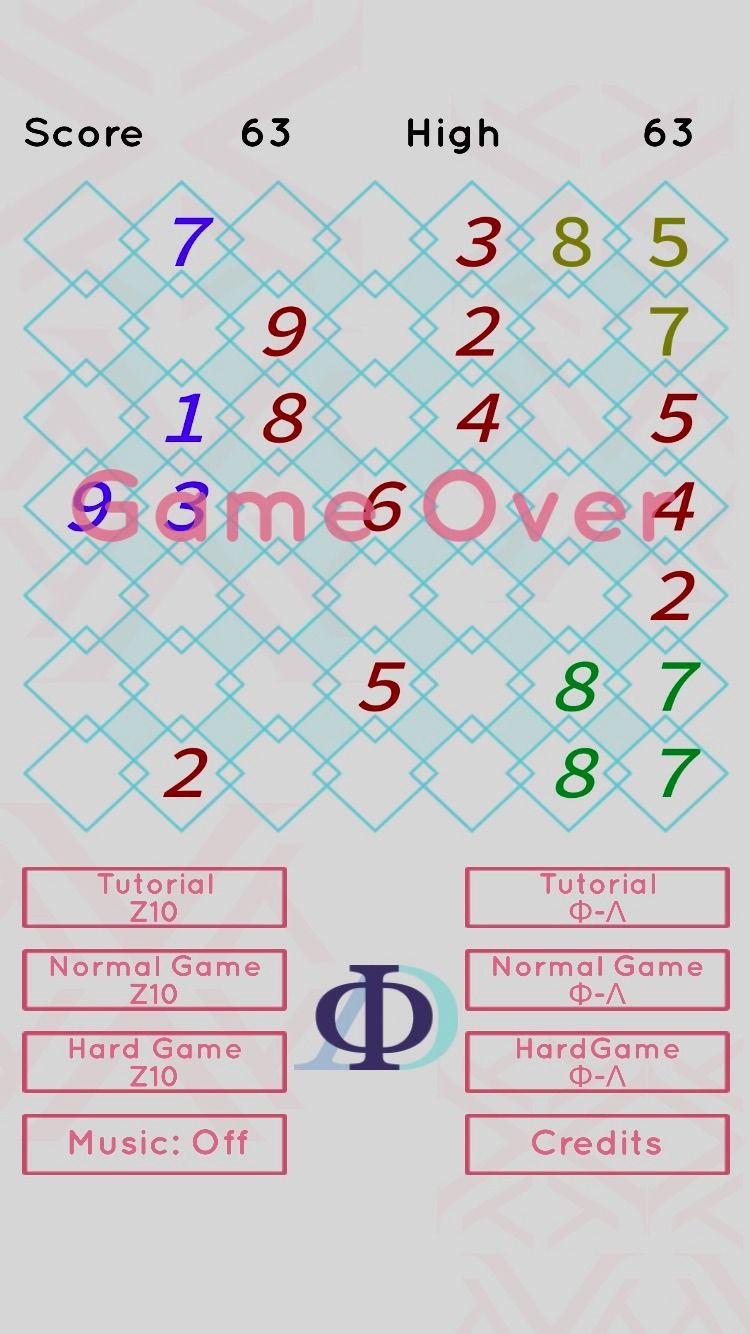
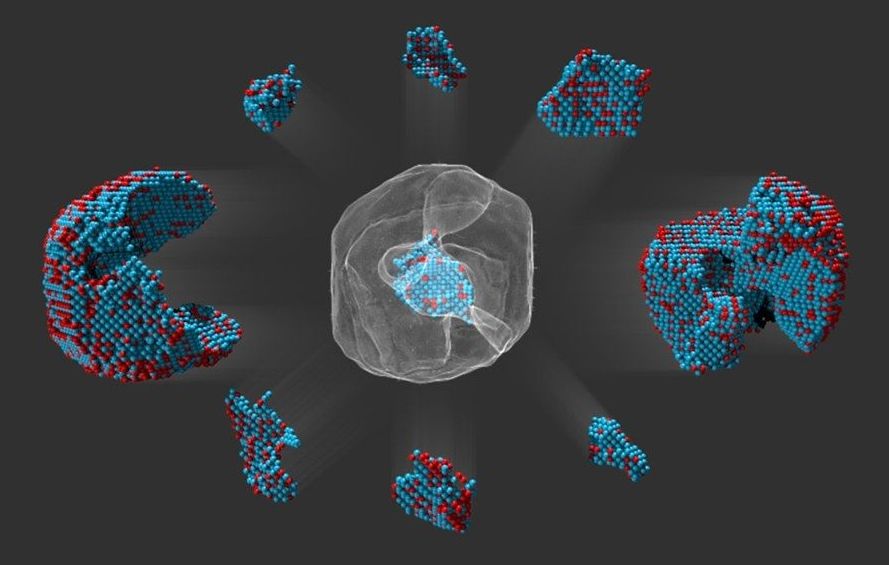
The transmission electron microscope was designed to break records. Using its beam of electrons, scientists have glimpsed many types of viruses for the first time. They’ve used it to study parts of biological cells like ribosomes and mitochondria. You can see individual atoms with it.
But experts have recently unlocked new potential for the machine. “It’s been a very dramatic and sudden shift,” says physicist David Muller of Cornell University. “It was a little bit like everyone was flying biplanes, and all of a sudden, here’s a jetliner.”
You’ve read your last complimentary article this month. To read the full article, SUBSCRIBE NOW. If you’re already a subscriber, please sign in and and verify your subscription.

The United States uses more energy for HVAC than Africa uses for all of their energy needs.
The starry night sky seems remarkably distant from the topic of air conditioning, but it’s revolutionizing the field in quite an unexpected way. In this episode of “The Spark,” watch how scientists from across the globe are harnessing natural phenomena to drastically redesign this century-old technology.
Featured in this episode:
Dr. Ernest (Kian Jon) Chua.
National University of Singapore
http://me.nus.edu.sg/staff.php?id=2164
SkyCool Systems